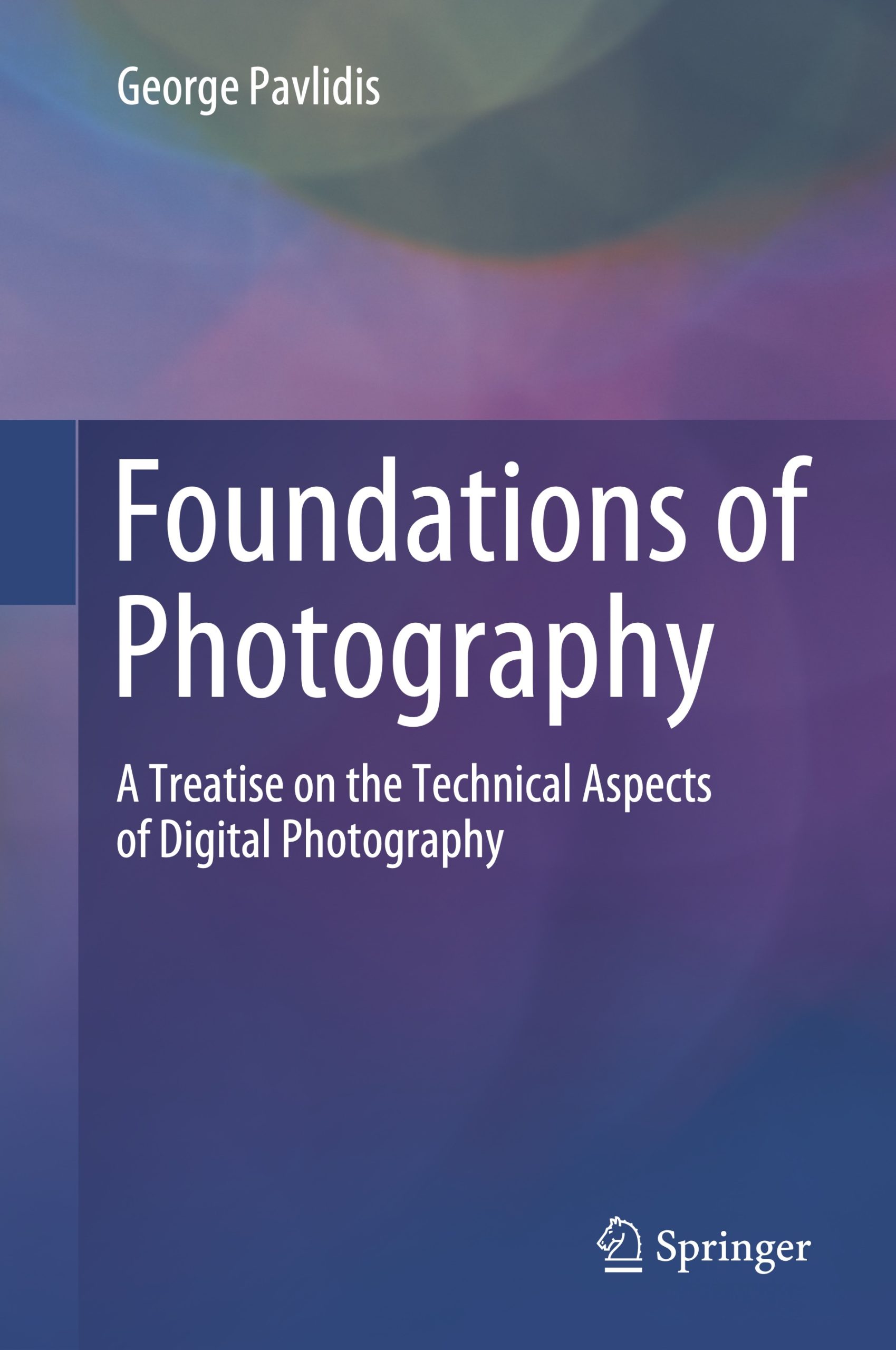
Recognising the value of light in life, humans throughout history devised ways of capturing the images created by light, while, at the same time, wondering and exploring the very nature of this magical element, sometimes using science, sometimes using logic and philosophy, and sometimes relying on feeling and superstition. What is certain is that light is a key element of the universe that is our home, exists regardless of our perception of it, and even plays a defining role in relationships within the universe.
The art and science of photography has been the subject of numerous studies and there is a vast relevant literature. Worldwide, photography matured to a state-of-the-art technical and artistic level around the twentieth century, and in the twenty-first century, it walked boldly into the digital realm. One could easily find several curricula that support the study of photography and there is a vast amount of online courses on photography, primarily focusing on its artistic form.
Foundations of Photography: A Treatise on the Technical Aspects of Digital Photography offers an in-depth technical presentation of photography and details about the inner workings of the digital camera, while keeping the artistic principles in mind. Departing from the current stream, the book treats photography as a highly scientific and technical subject, and serves as a reference to those who seek for an understanding of the technical aspects relating to the photographic camera, the beating heart of photography. It offers insight on why the photographs are created the way they are, highlighting also the limitations. As the author of this book is an image technology scientist and a photography enthusiast who has been teaching photography for a long time, this treatise reflects his own constant search and study for an in-depth understanding.
The book is available through Springer shop, Amazon store, Barnes & Noble.

